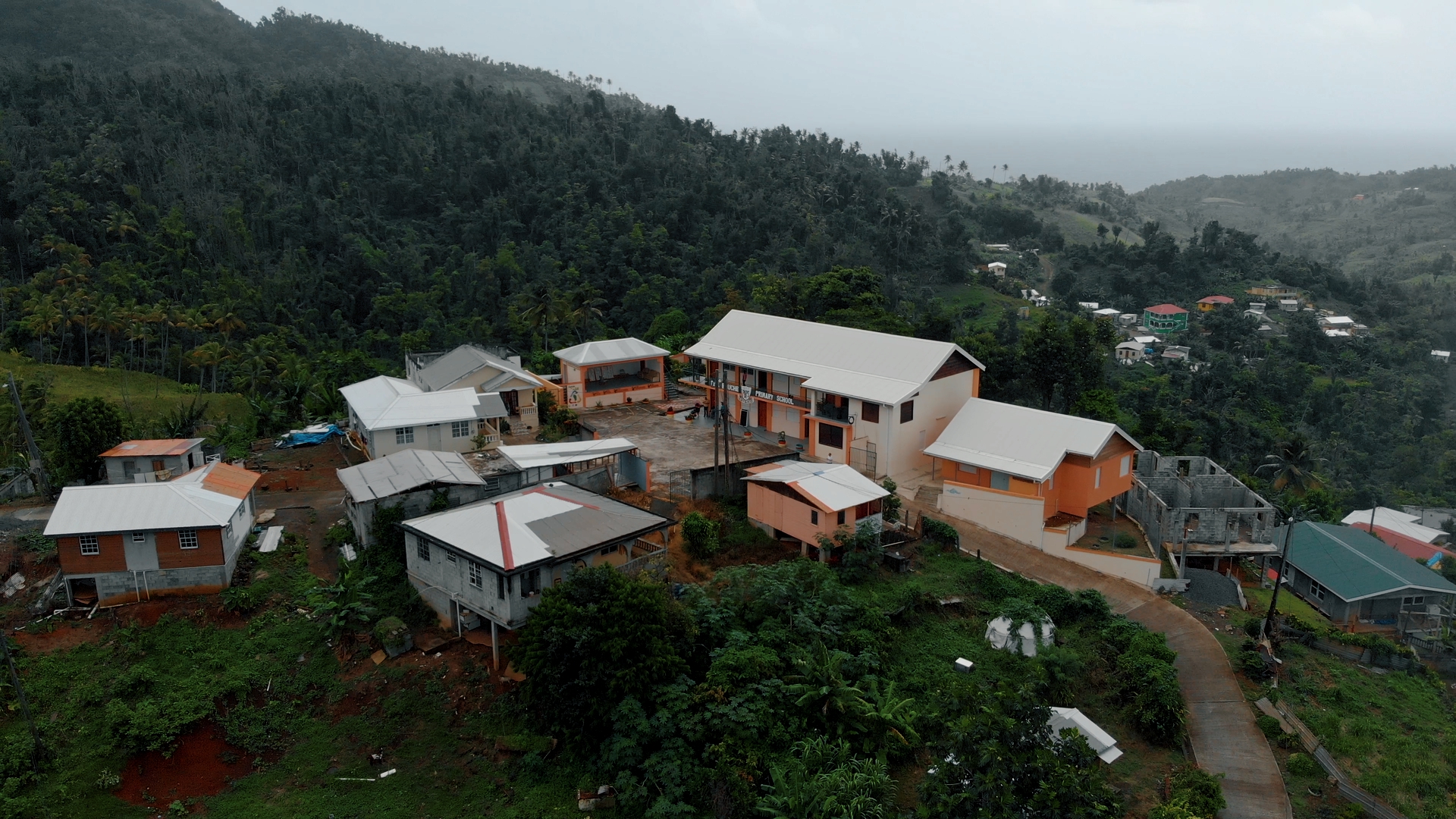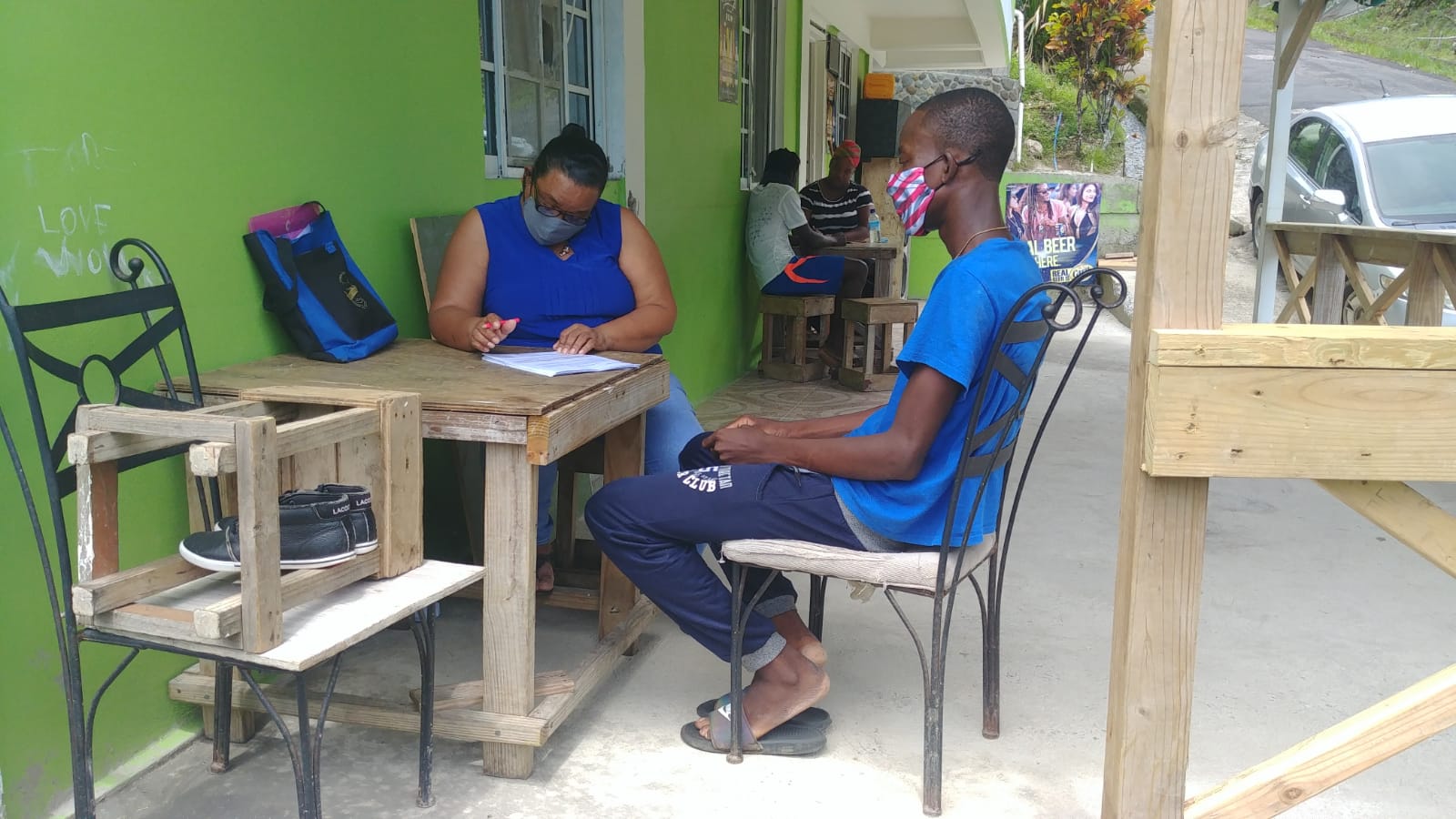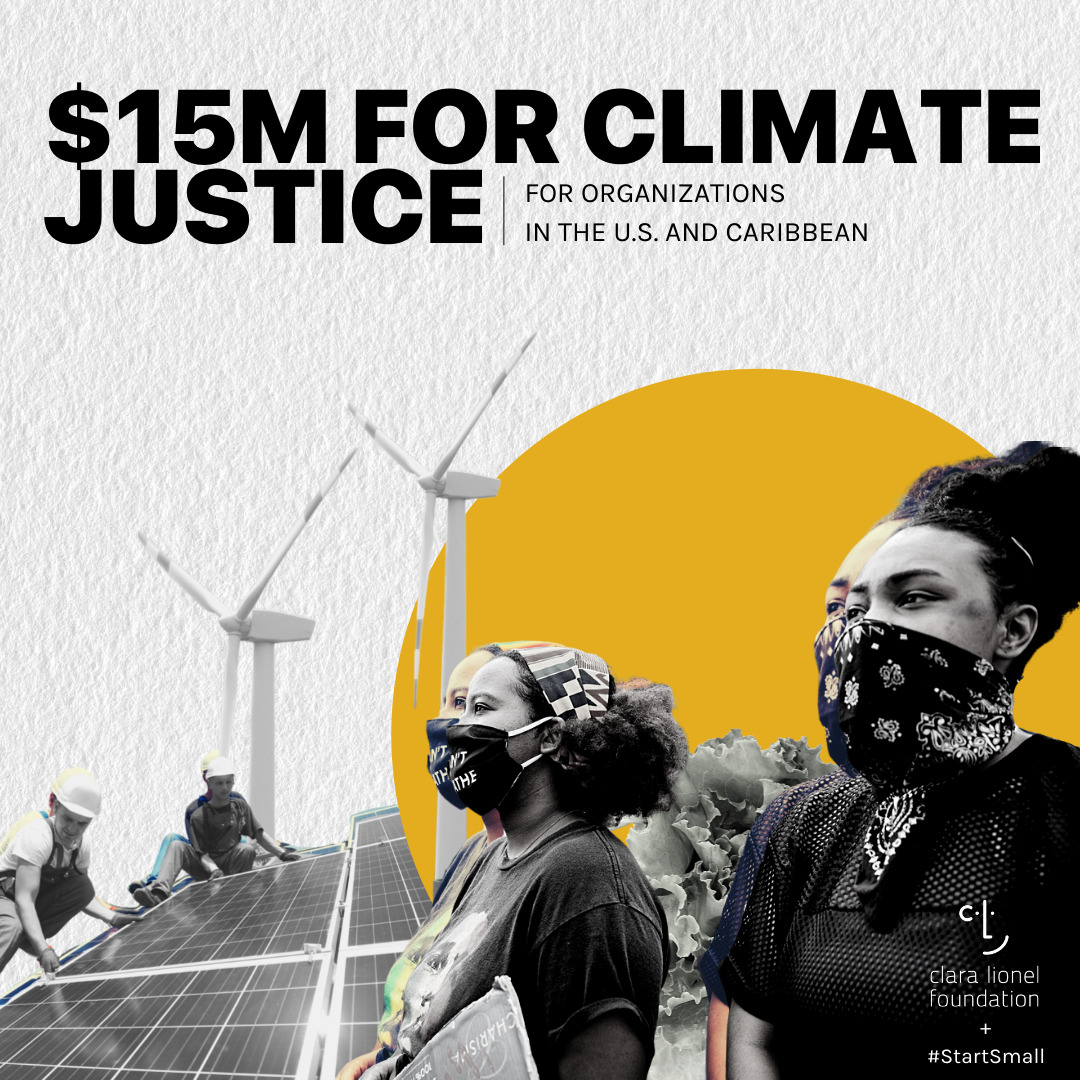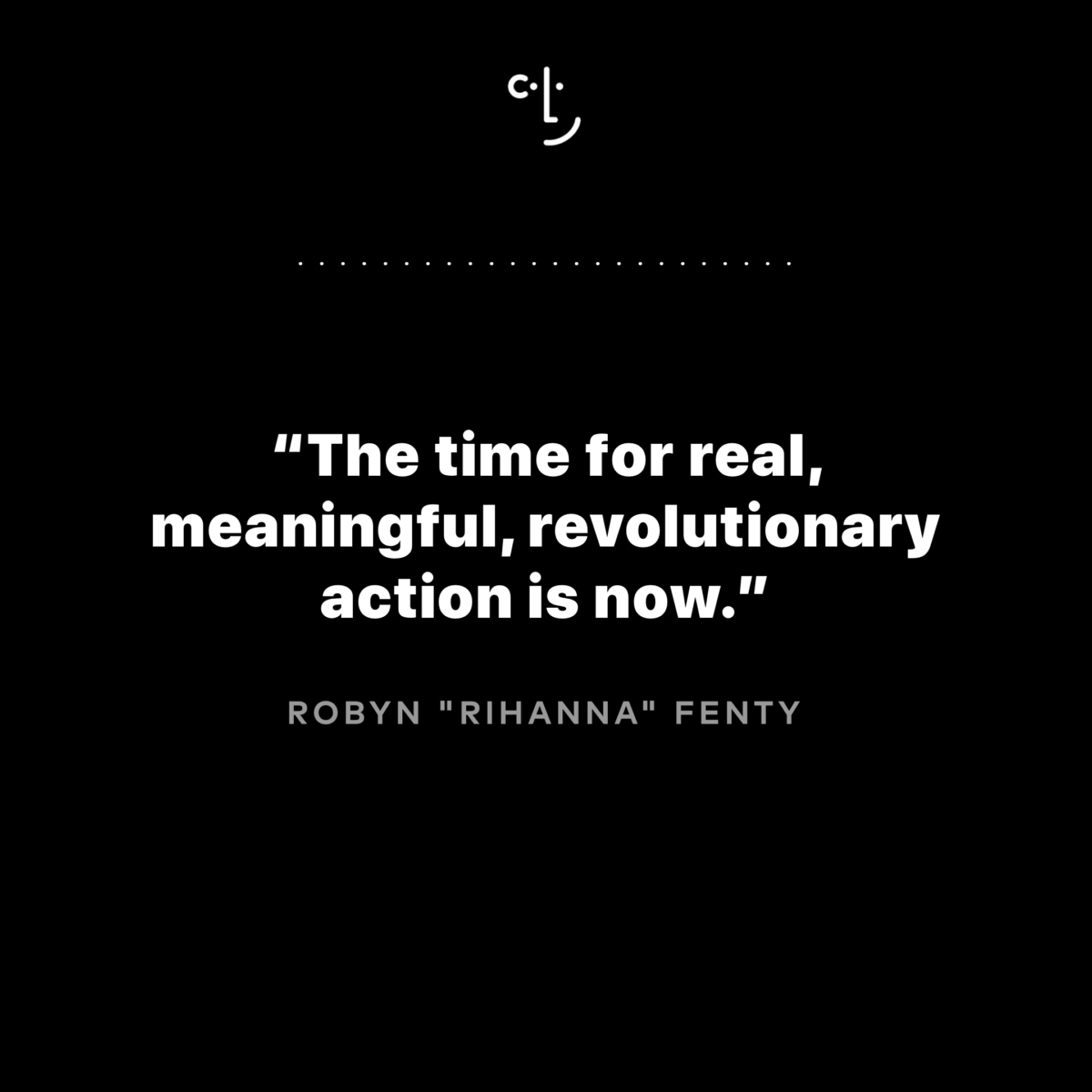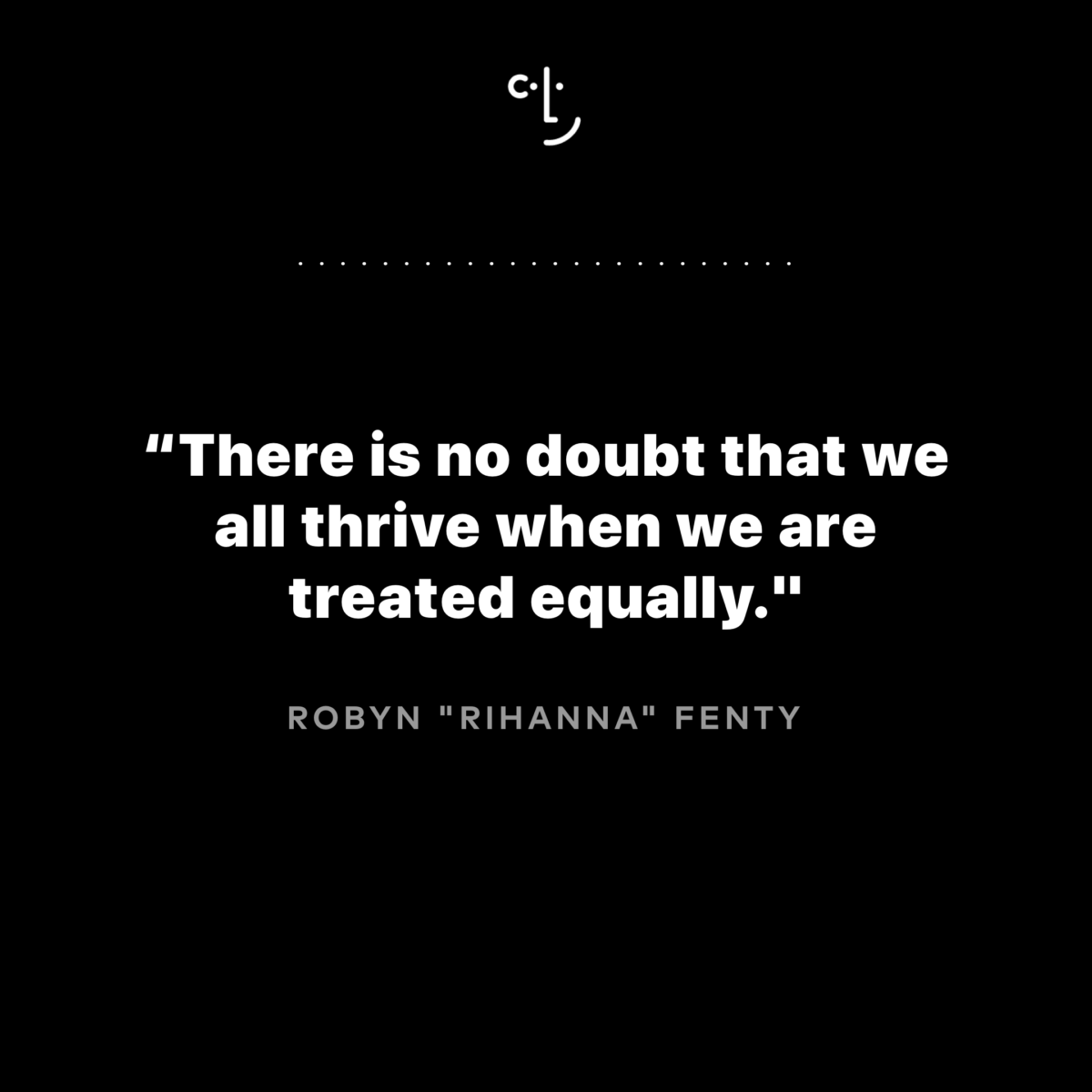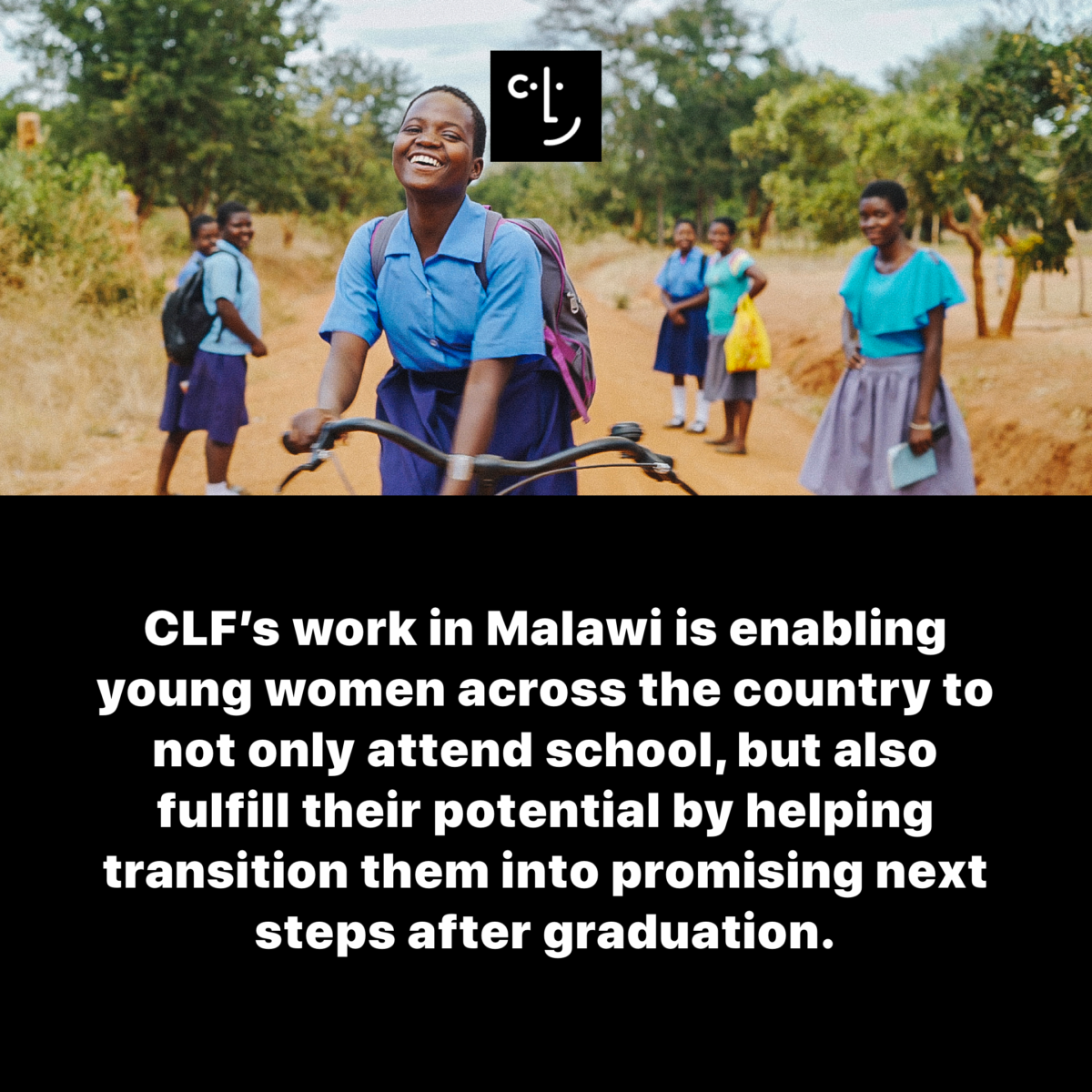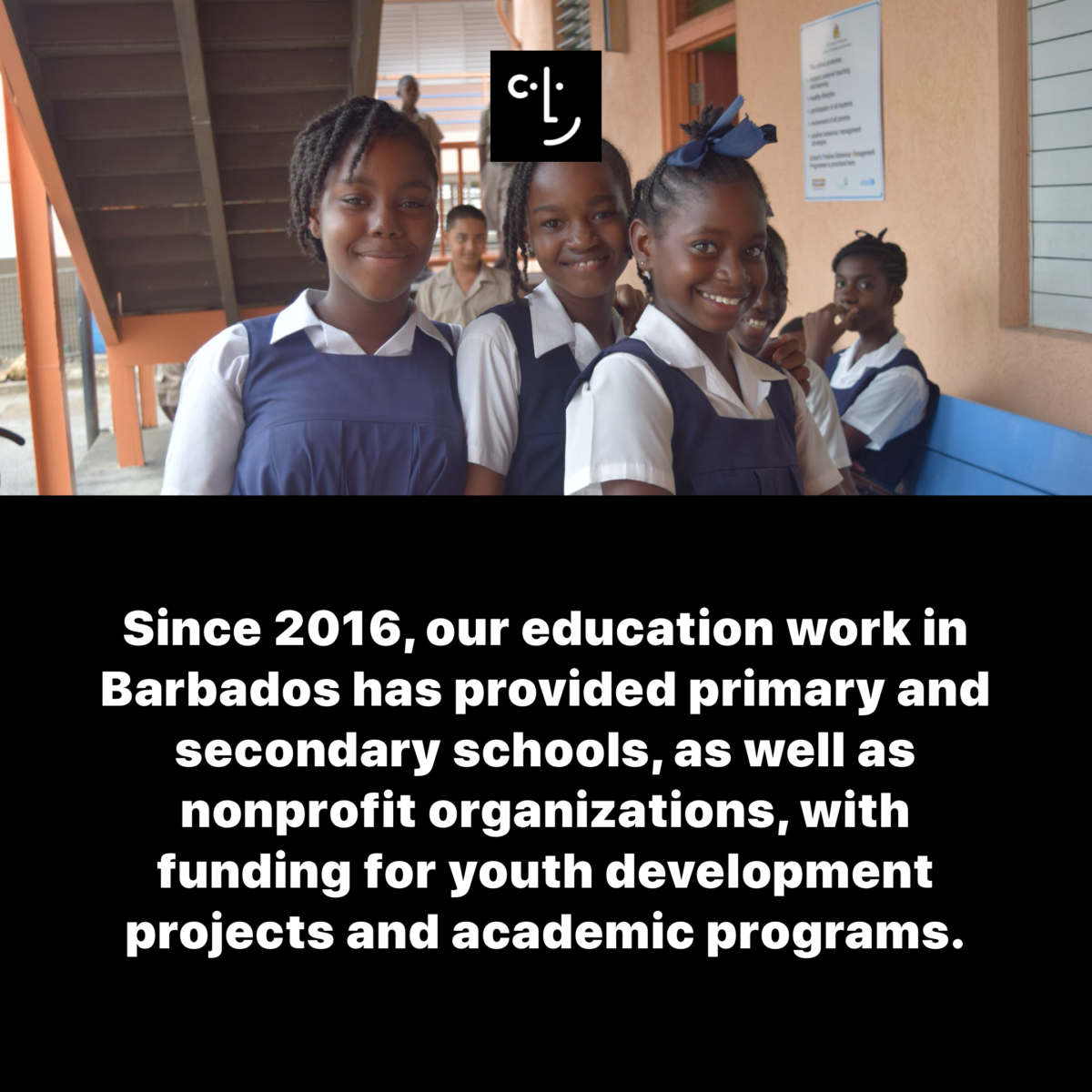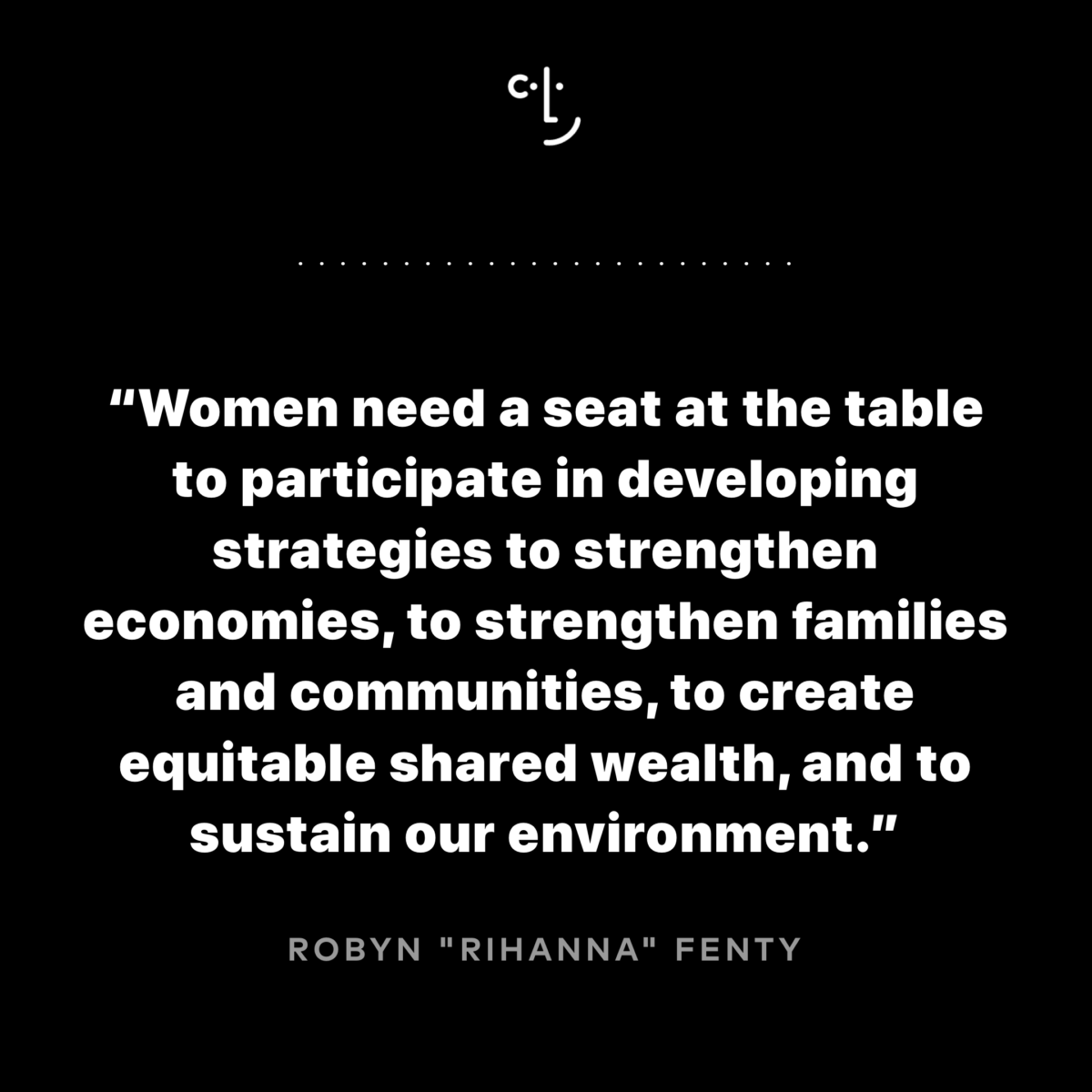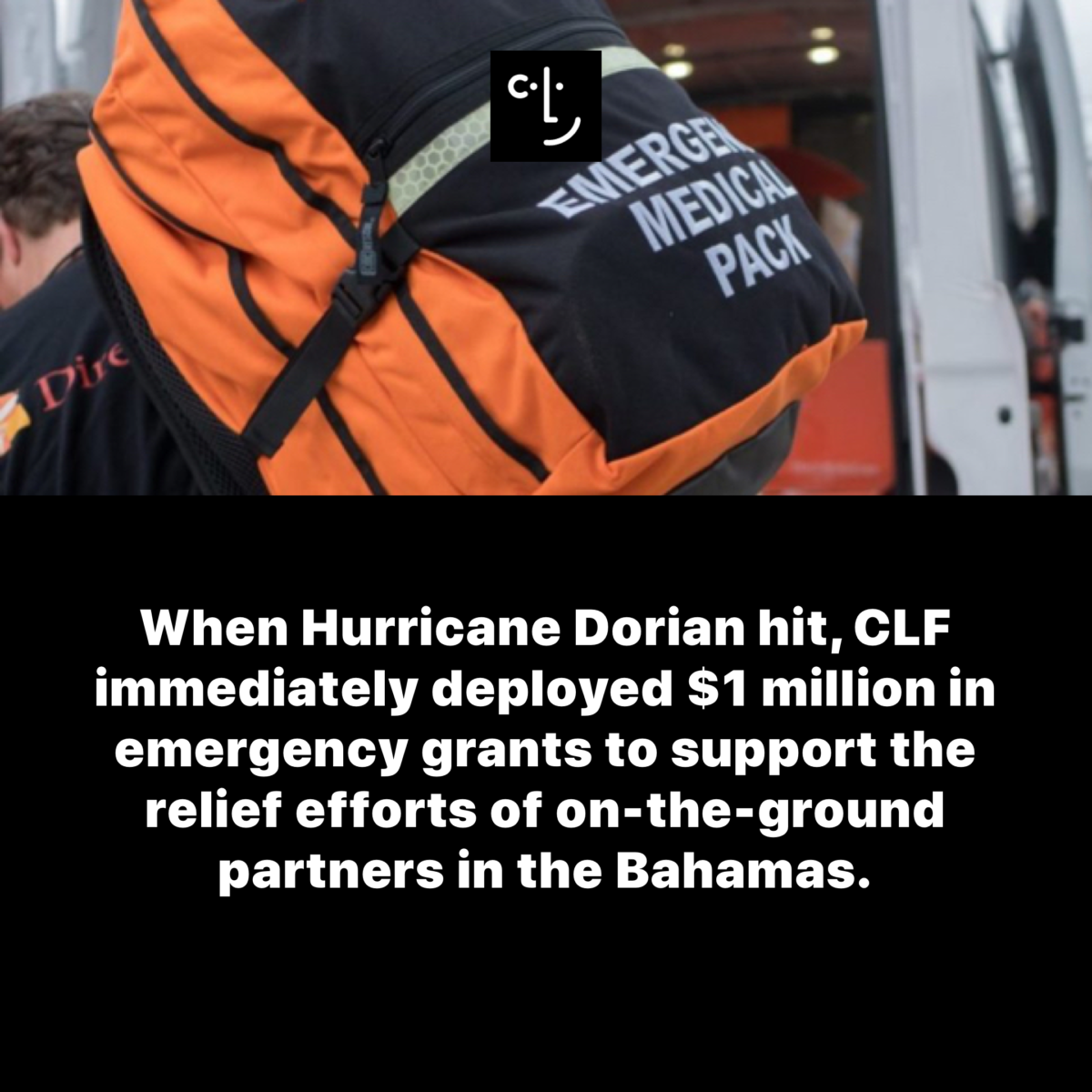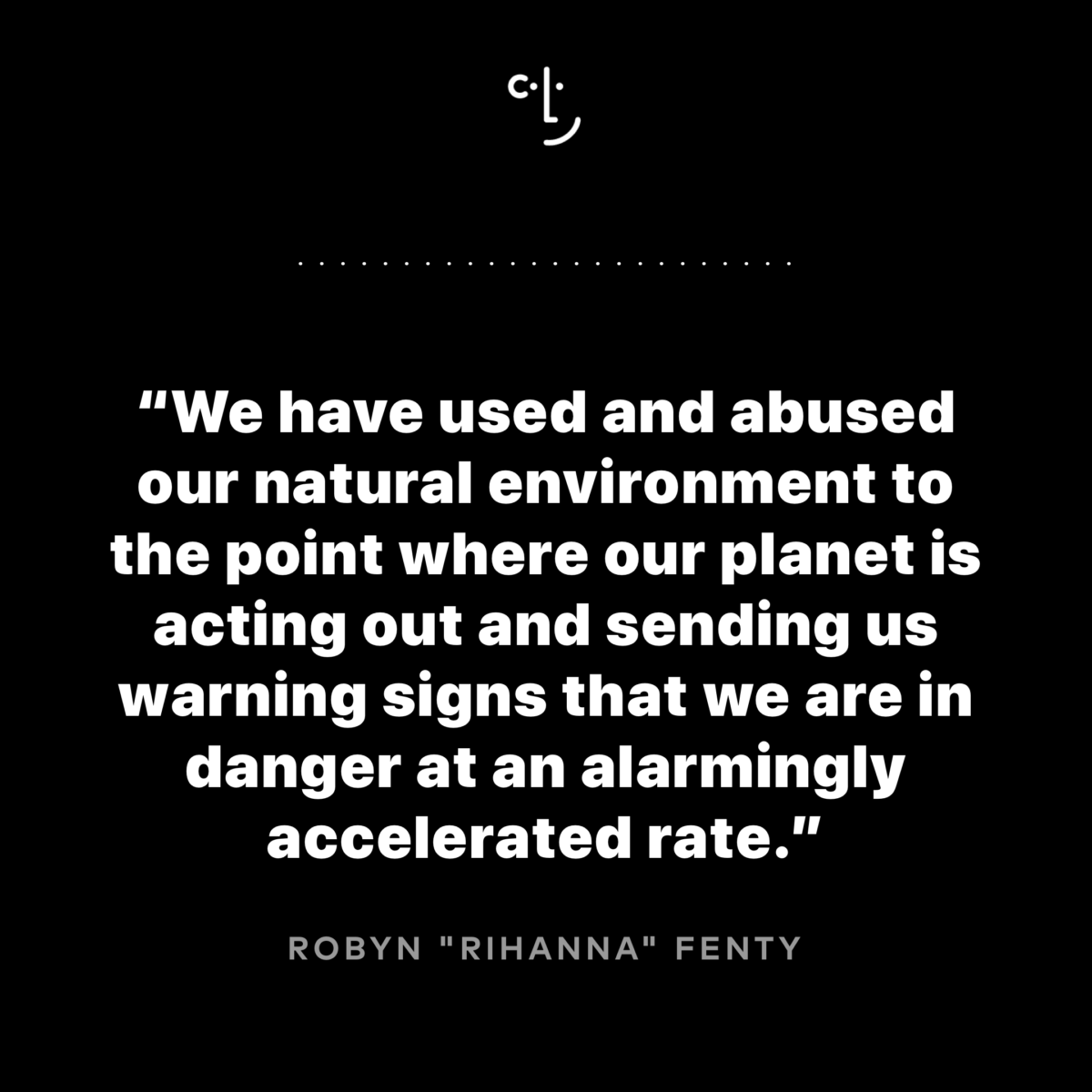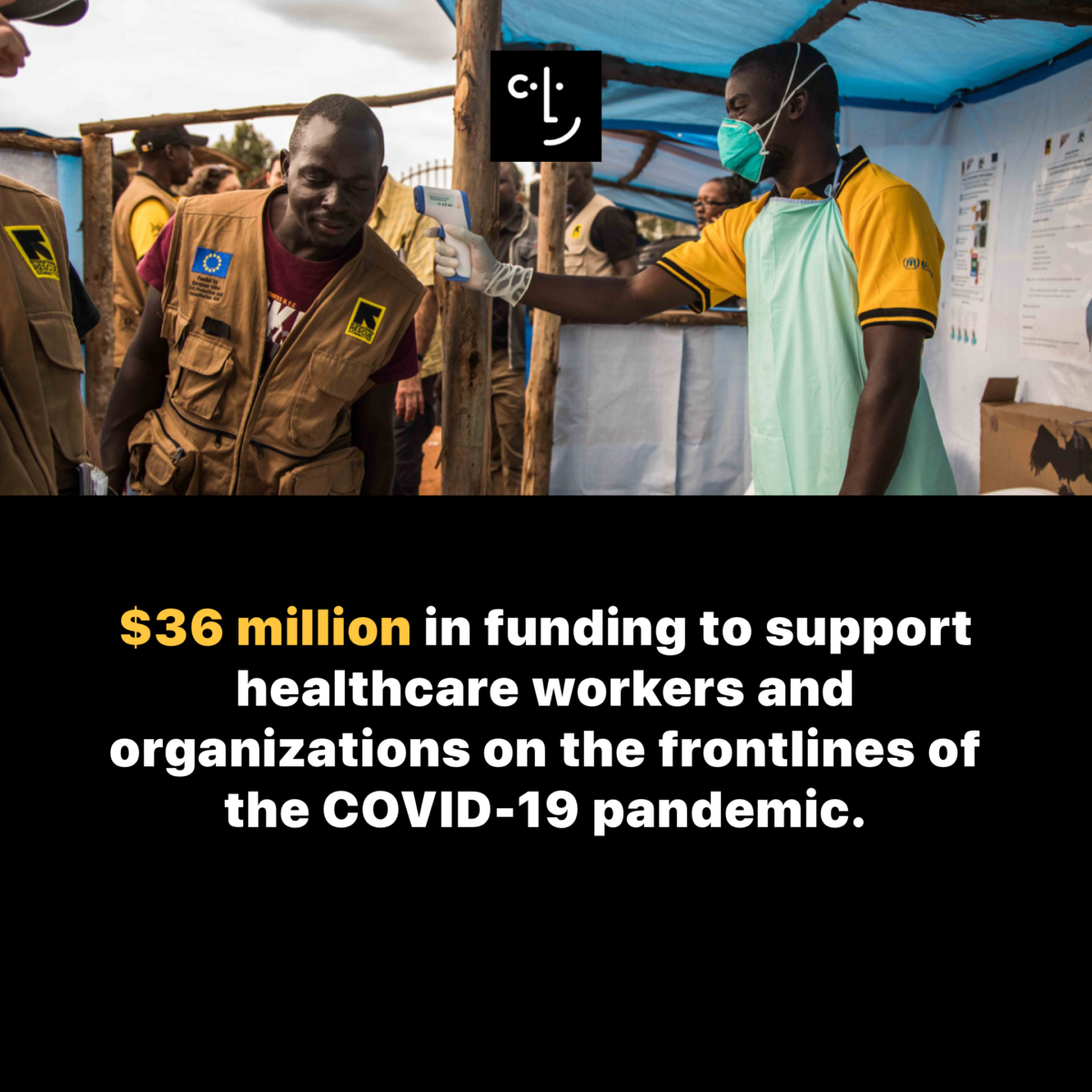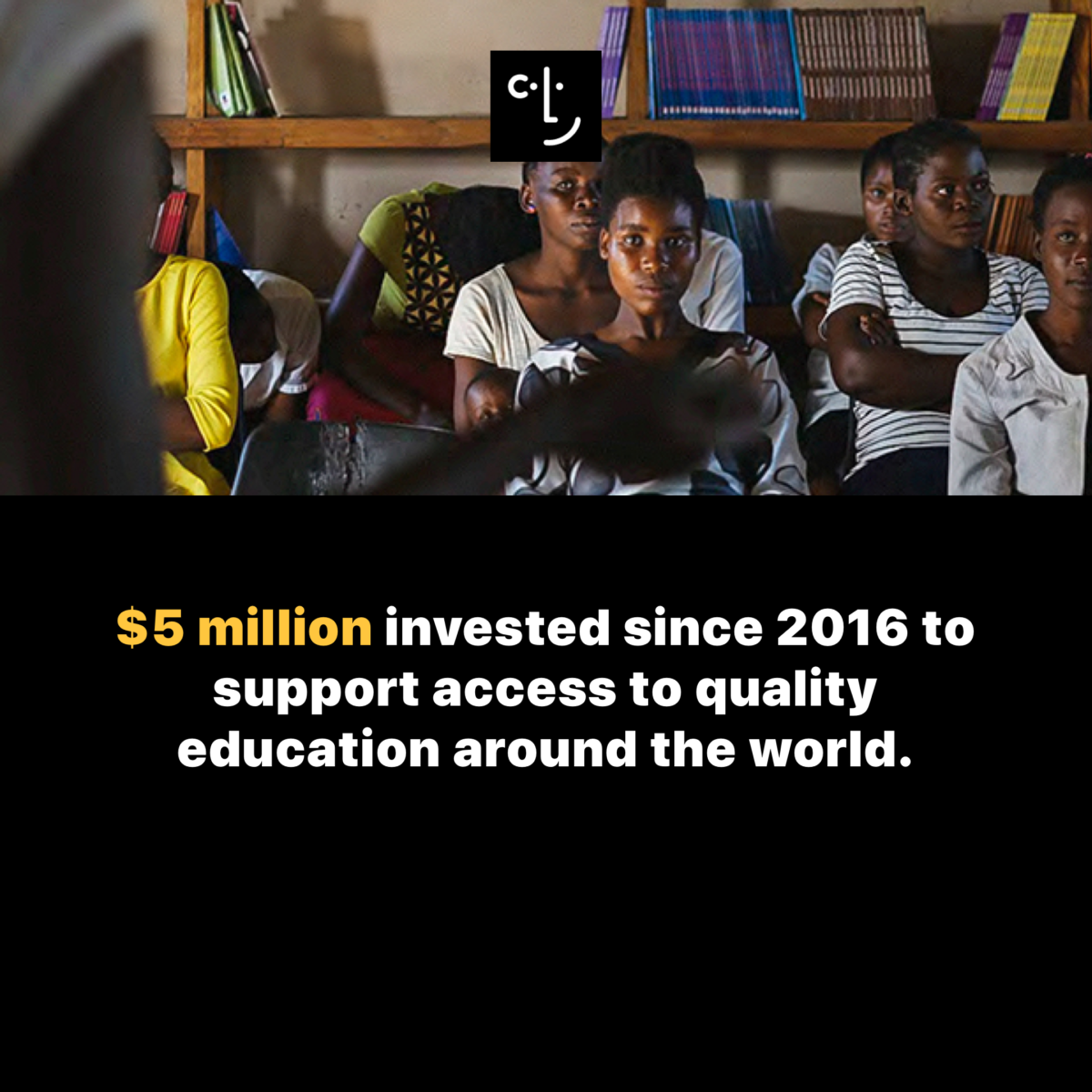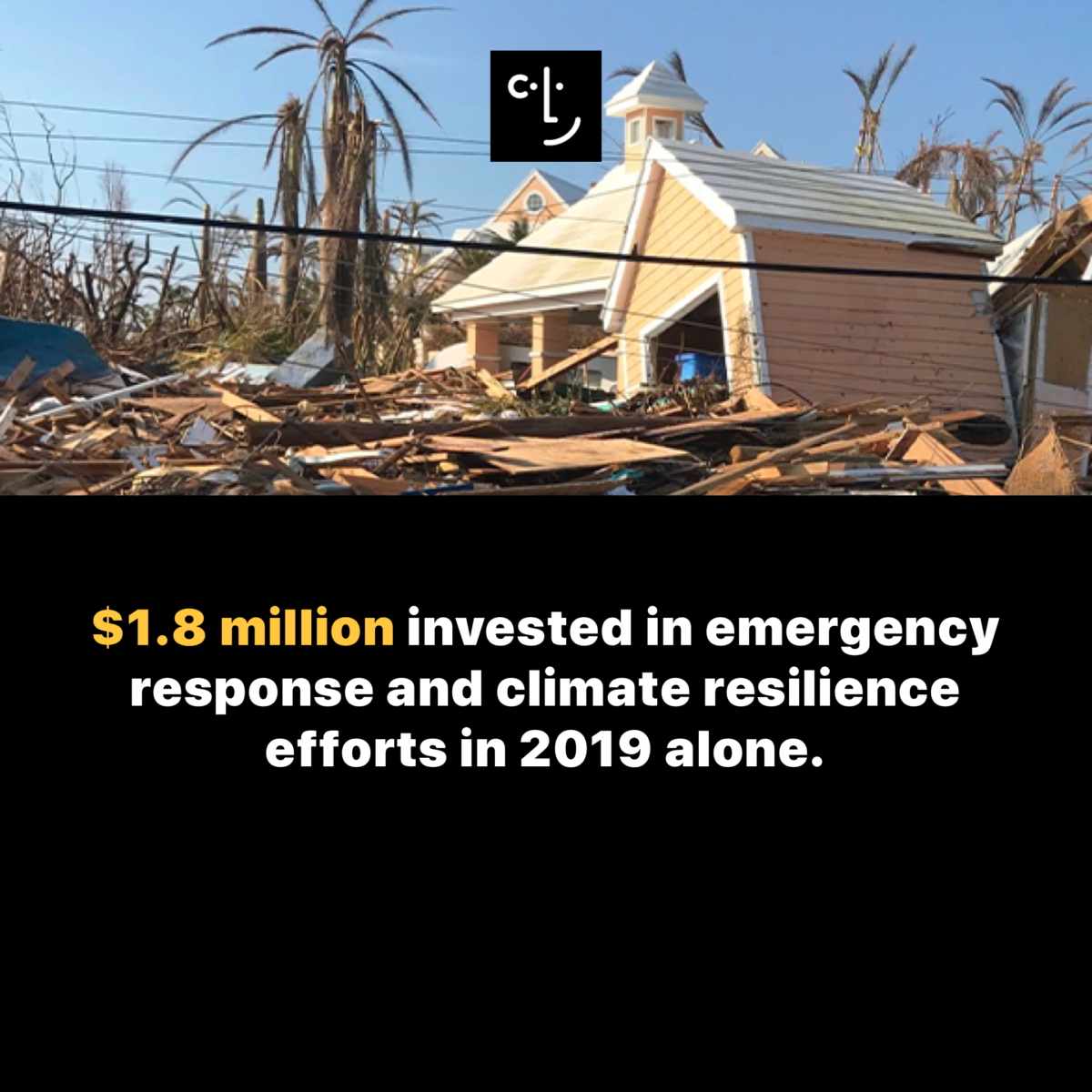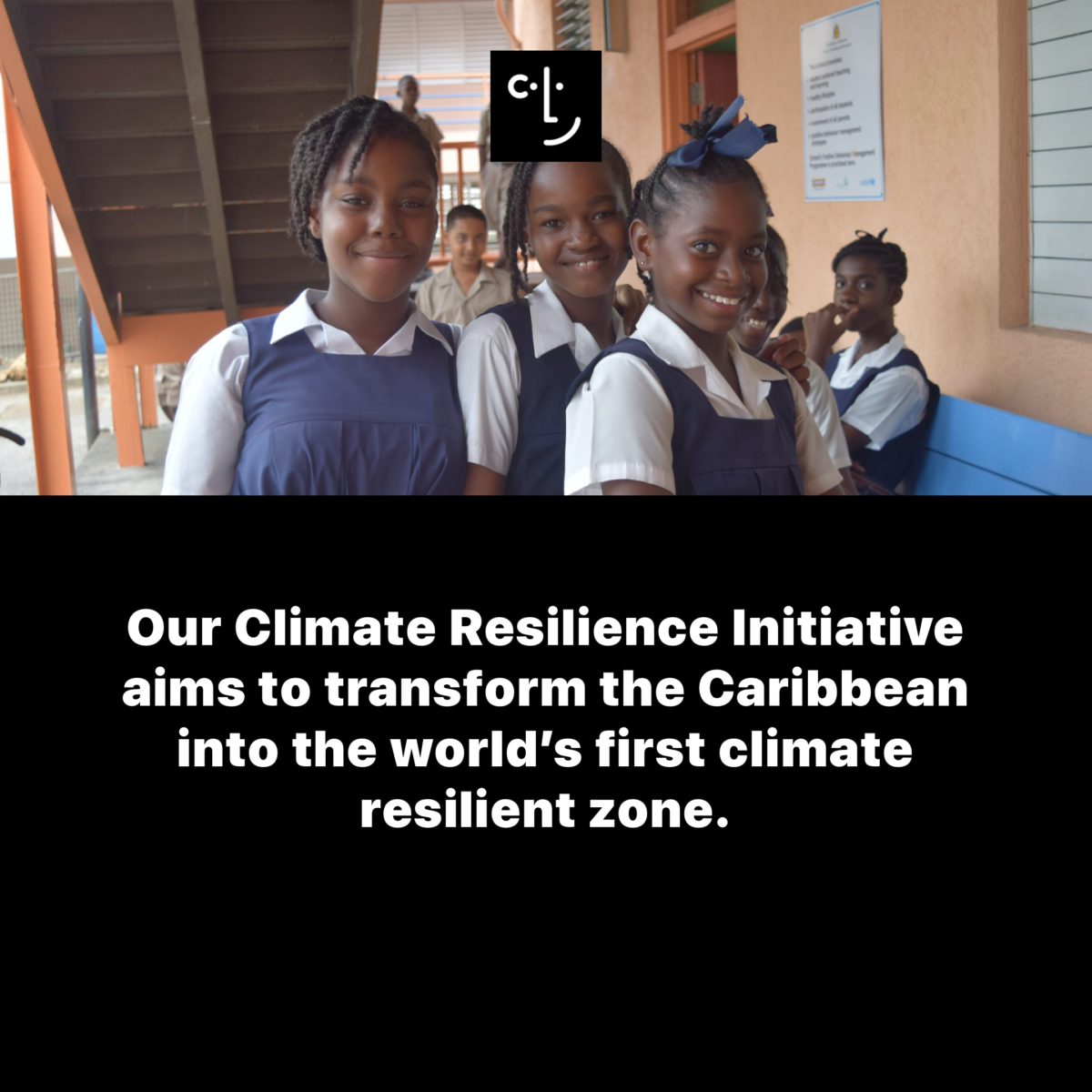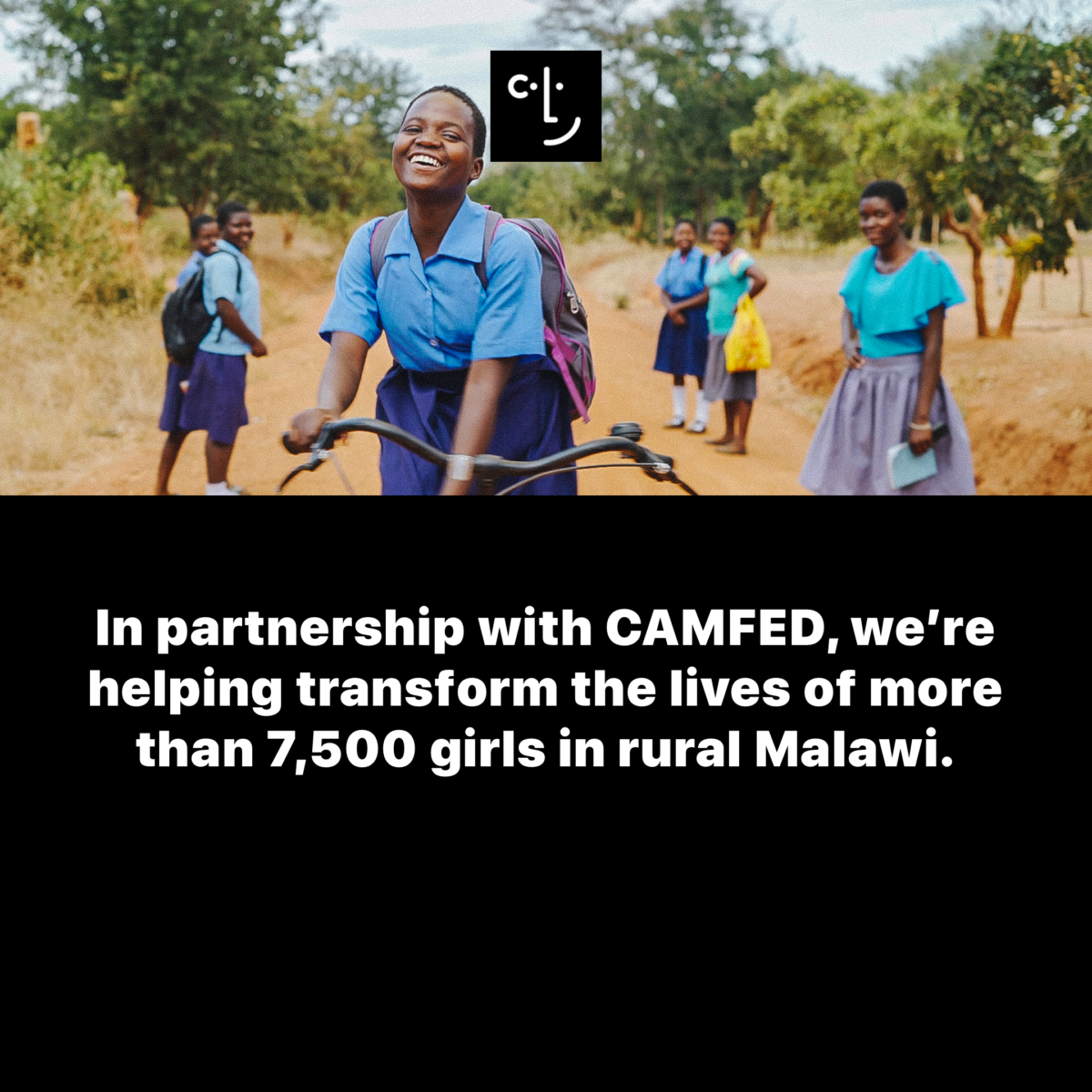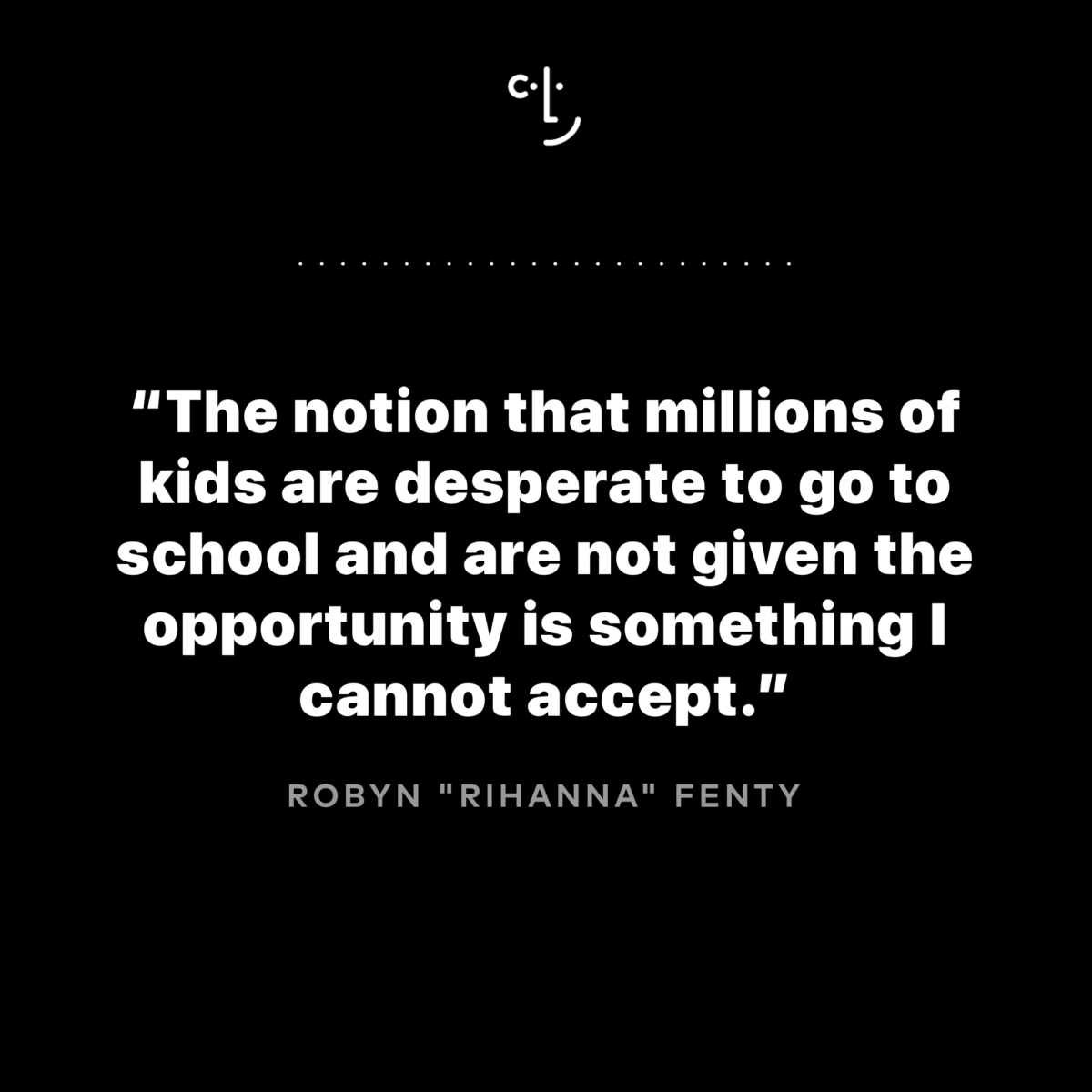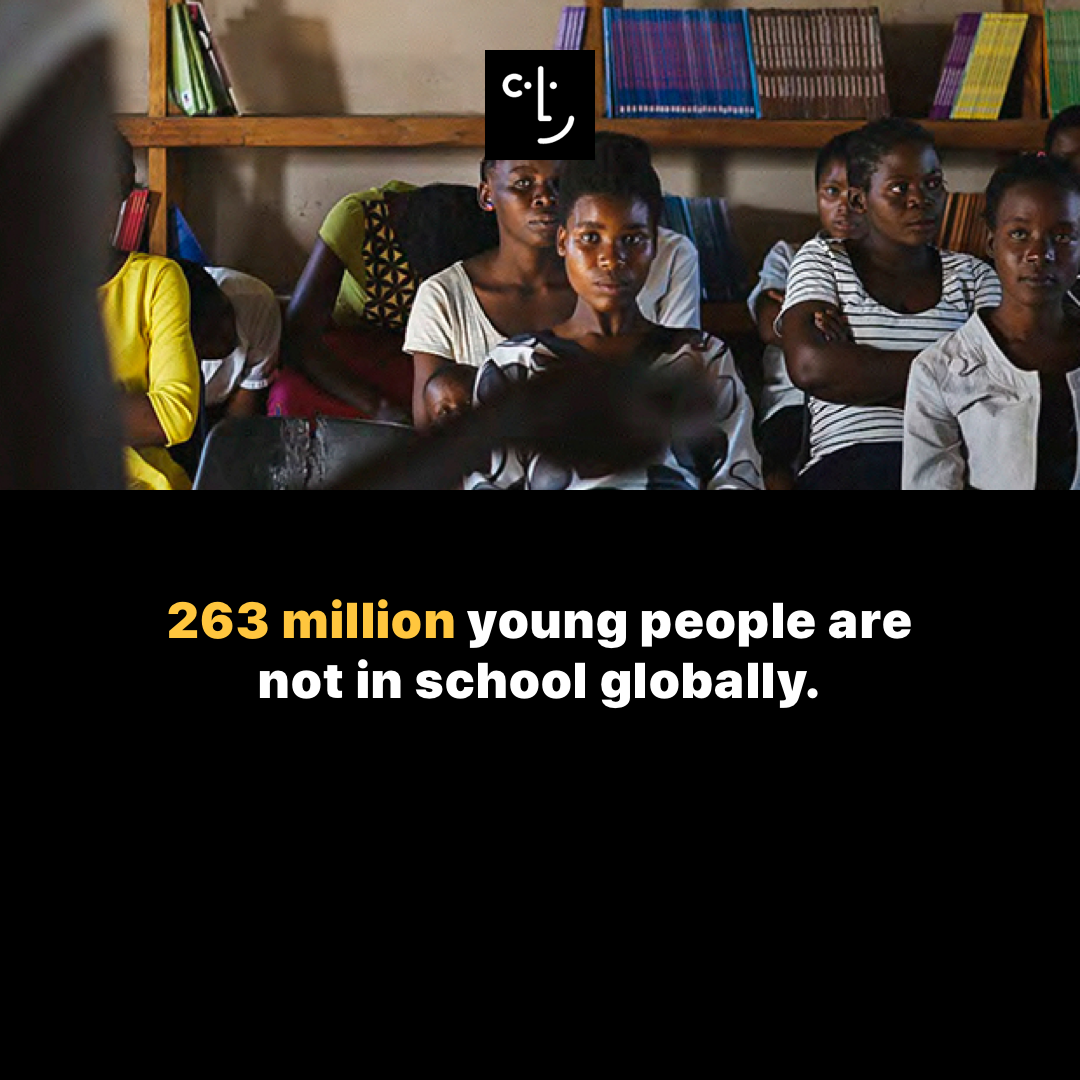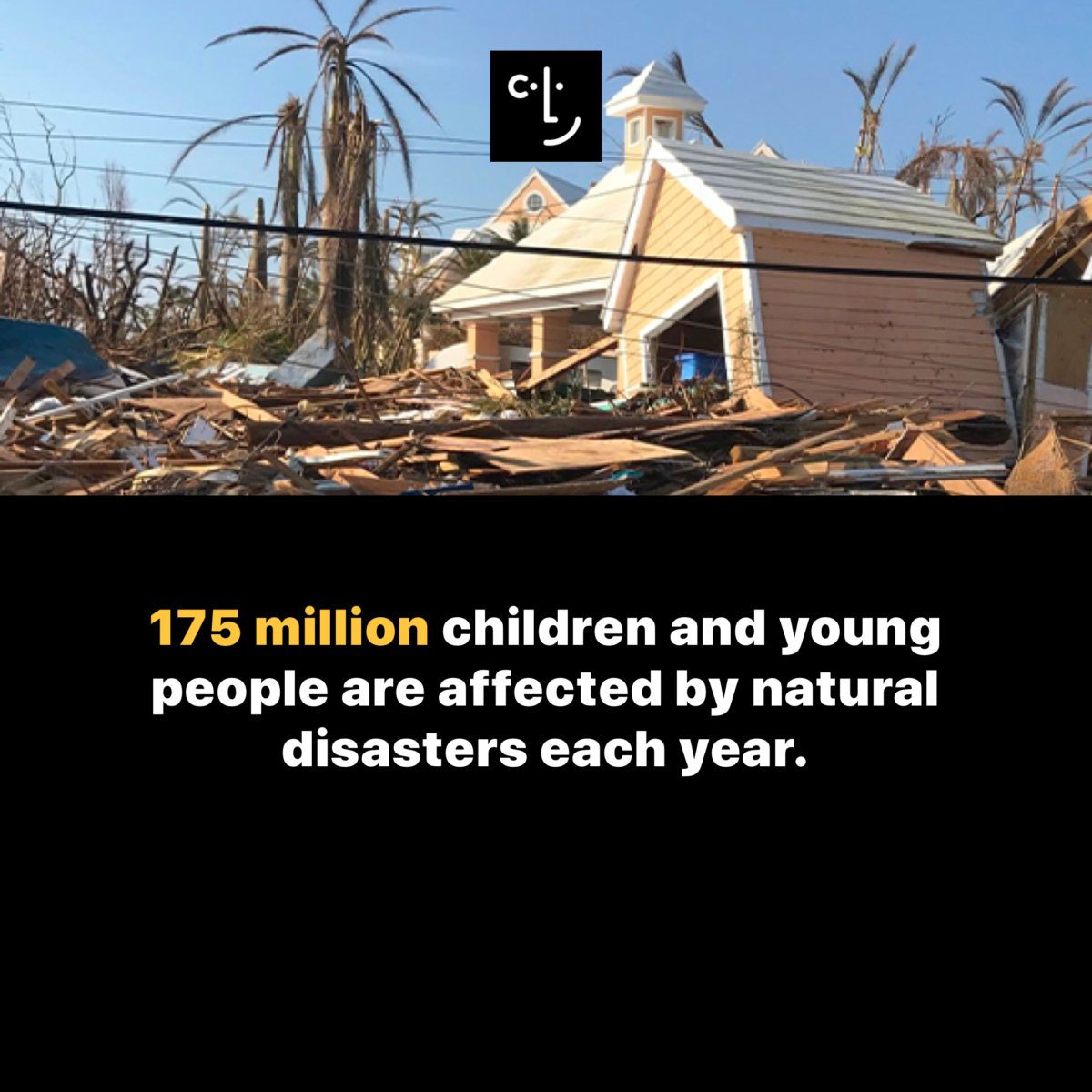ABOUT CRI
CLF’s Climate Resilience Initiative is focused on investing in multiple dimensions of emergency preparedness and scaling solutions to the problems of climate change across the Caribbean over the next five years. These projects, which range from school and health clinic infrastructure hardening projects to emergency communications analysis, serve as models of preparedness that can be replicated on larger scales in the Caribbean and around the world.
Our goal is to support the Caribbean to become the world’s first climate resilient zone. Through the Initiative’s projects, communities in the Caribbean will be able to absorb the shocks of natural disasters in ways that save lives and will also allow them to be resilient in a changing environment.
CRI PILLARS
The pillars of the CRI are health, shelter and communications.
HEALTH

CLF is committed to hardening selected health clinics across the Caribbean to ensure no interruption of critical health services post-disaster. Each project may include: upgrades to physical infrastructure, installation of renewable energy, strengthening of water and sanitation systems, provision of medical supply stockpiles, prepositioning of communications equipment, additions to clinic emergency response plans, companion infrastructure maintenance, psychosocial support and resilient operations training.
Project Example: Profamilia Clinic, Dominican Republic
Caribbean Resilience is a joint initiative of Fos Feminista (formerly the International Planned Parenthood Federation/Western Hemisphere Region) and Engineers Without Borders USA. We have piloted a model for disaster preparedness that will position local sexual and reproductive health clinics as hubs of disaster response.
In this pilot, partners assessed health facilities and worked with local engineers to implement critical retrofits to harden the clinic, as well as engaged the community to incorporate sexual and reproductive health into disaster preparedness.
The clinic in the Dominican Republic serves as the first full model of the project. This model included building hardening, the installation of renewable energy, inclusion of a flexible community space that will serve as a staging area for disaster response, and the introduction of disability access to the main clinic.
CLF and partners have prepared a case study package in multiple languages about this project in order to articulate and share lessons learned from the project as well as disseminate new tools with the intention that other organizations, clinics and hospitals can use these tools to support and inform similar resilience projects.
Download Information Package
SHELTER

CLF builds local partnerships to focus on safe designs for hardening shelters and training local builders and engineers to retrofit existing unsafe shelters. The partnerships, local stakeholder engagement and local assessments are paramount to the holistic decision making process for collaborative and suitable design and implementation. Aside from serving as a place for learning and doubling as emergency shelters during a natural disaster, shelters are also designed to serve as communication hubs and centralized locations to deploy health services and supplies.
Project Example: Paix Bouche Primary School, Dominica
When Hurricane Maria hit Dominica, damaging nearly 90 percent of the island’s buildings, CLF supported the rebuilding of Morne Prosper and Paix Bouche schools into resilient shelters in partnership with the Rocky Mountain Institute. Our support to rebuild the schools transformed the nearly-destroyed shelters to not only a safe learning environment for the area’s youth, but also hardened the structures to withstand category five hurricanes, enabling it to be a reliable evacuation shelter for the surrounding community. In addition, the schools are now undergoing upgrades to renewable energy sources through the installation of solar PV panels. The details of the project will be made available for download.
COMMUNICATIONS

CLF recognizes the critical role that communication mechanisms play after a disaster from ensuring help reaches the most high need areas to the dissemination of reliable updates to help control misinformation.
Project Example: Internews Information Saves Lives Communications Assessments
The goal of the Information Saves Lives initiative is to support the production of locally relevant content on emergency preparedness and response to climatic and health disasters in marginalized communities in Barbados and Dominica. The project is also aimed at understanding the information gaps and needs in disaster response and preparedness as well as informing on resilience building in the Caribbean region. These assessments are key to ensure that proper analysis is done to determine the needs and gaps in communication prior to engaging in investments in this sector.
Through the analysis of physical and institutional ICT infrastructure, detailed Information Ecosystem Assessments (IEAs), Rumour Tracking and training and mentorship, CLF and Internews are able to determine the resilience and reliability of information disseminated to communities during emergency situations.

